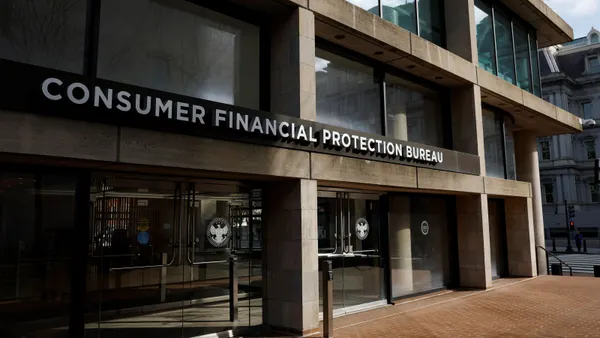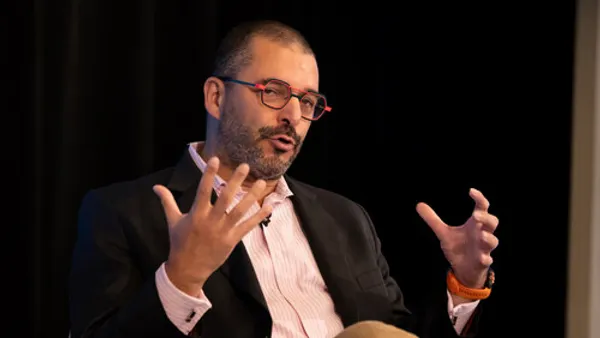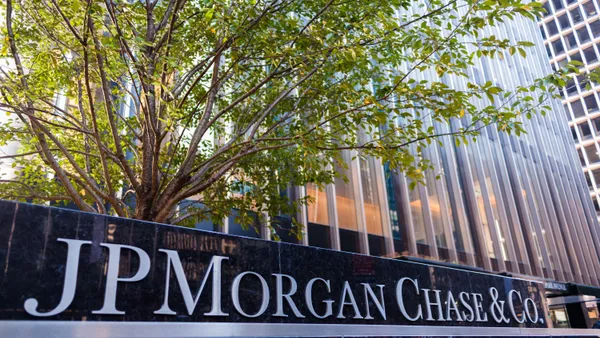BNY will custody the reserves of Ripple’s new stablecoin, Ripple USD, the firms said Tuesday.
Through this partnership, the country’s oldest bank and one of the nation’s oldest cryptocurrency firms say they aim to bolster institutional adoption of digital assets and bridge the gap between the traditional finance and crypto realms.
“As primary custodian, we are thrilled to support the growth and adoption of RLUSD by facilitating the seamless movement of reserve assets and cash to support conversions and are proud to be working closely with Ripple to continue propelling the future of the financial system,” Emily Portney, BNY’s global head of asset servicing, said in a prepared statement.
Carolyn Weinberg, BNY’s chief product and innovation officer, said the bank’s custody and conversion capabilities “aim to make stablecoins more interoperable with traditional assets, further driving their integration into the broader financial ecosystem.”
With RLUSD, Ripple aims to fill a gap in the market as a stablecoin developed for enterprise-grade use cases, Jack McDonald, senior vice president of stablecoins at Ripple, said in a prepared statement.
“BNY brings together demonstrable custody expertise and a strong commitment to financial innovation in this rapidly changing landscape, as well as a forward-thinking approach to digital asset infrastructure, making it the ideal partner for Ripple and RLUSD,” McDonald said.
As far as traditional banks go, BNY was an early dabbler in crypto – saying it would hold crypto for institutional clients in 2021, and rolling out the capability the following year.
It’s since been working to scale its digital asset custody business based on increased institutional adoption and interest, a spokesperson told Banking Dive. BNY serves as primary custodian for two other stablecoins as well: Circle’s USDC, and Societe Generale’s USD CoinVertible. The New York-based bank has custodied for Circle since 2022, and for SocGen since June.
Stablecoins have recently gained much traction, thanks in part to the GENIUS Act, which passed in the Senate last month with the goal of bringing regulatory clarity to the novel asset. The stablecoin market ballooned from $5 billion globally in 2020 to $159 billion last year. the American Bar Association noted, and this year the market has further ballooned to more than $259 billion, according to CoinMarketCap.
And Ripple, for its part, has also made strides this year in that the Securities and Exchange Commission dropped its long-held case against the firm, ending a four-year fight that began with what CEO Brad Garlinghouse called “the first major shot fired in the war on crypto.”













